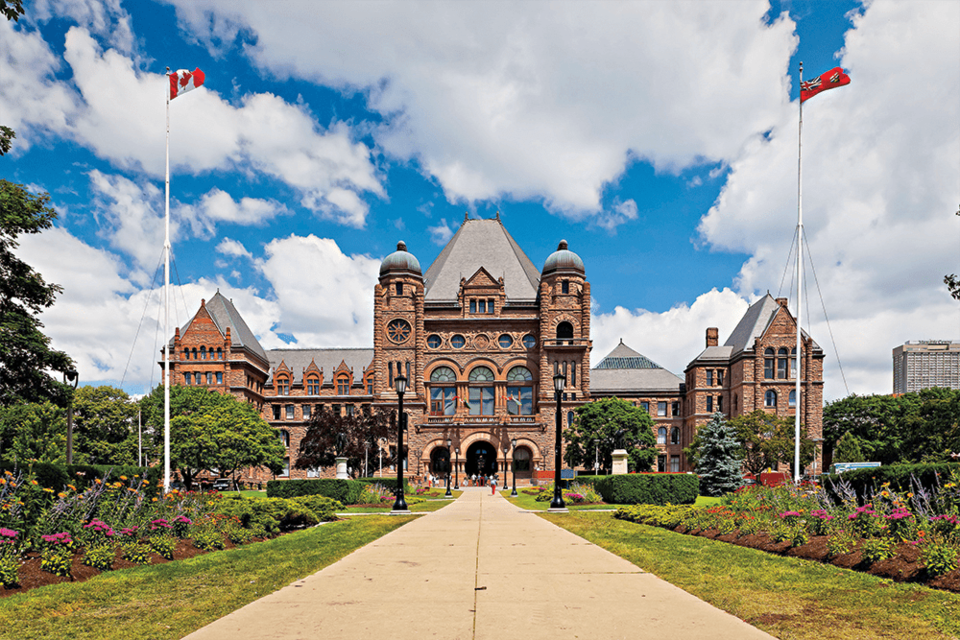The population of our province is growing by over 500,000 people per year – that’s like adding two cities the size of Toronto to Ontario every decade. That rate of growth is faster than Texas and Florida, the fastest growing regions in the United States – and those jurisdictions have twice the population of Ontario.
With all the new people in our province, the need for more housing to meet the needs of those who are looking for a place to call home has never been greater. Whether it’s a first-time home buyer, someone relocating because of a new job or changing life circumstances, or seniors looking to downsize as they age, the housing needs of the people of Ontario are diverse and governments at all levels need to take bold and decisive action.
For years, inaction from various levels of government and political leanings has led to slow housing starts which did not meet the population growth of the province.
More people bidding on fewer houses means higher prices and escalating costs, leading to a housing crisis: It really is that simple.
The Ontario government is faced with a choice: Sit back and do nothing while the housing crisis continues to spiral out of control or take bold and decisive action to get housing built and meet the housing needs of a growing province.
We are choosing to take action and get housing built.
Since coming to office, we have introduced four Housing Supply Action Plans, and introduced multiple bills to reduce red tape holding back new housing supply, open up opportunities for new communities and expand the potential lands where homes can be built.
For example, the Ontario government has taken action to:
-
Require municipal official plans to allow ‘as-of-right’ zoning for up to three small-scale residential units.
-
Reduce taxes on affordable housing
-
Put in place inclusionary zoning and rental replacement rules
-
Incentivize innovative housing models such as land-lease communities
-
Streamline approval processes
-
Intensify around major transit hubs
-
Implement a new attainable housing program
-
Tax foreign purchases of Ontario homes
-
Address speculative vacant homes
-
And build more schools in urban growth areas
Across Niagara West, I am hearing stories from newcomers, young people, seniors, and families looking to get into the housing market about what the housing crisis means to them. The lack of housing supply means that families worry about escalating prices, availability of rental units in their community or a secure future for their children.
I believe that the Ontario government has a moral responsibility to newcomers, and those who were born and raised here, to ensure that there is a strong supply of new homes to solve the housing crisis and keep families housed.
I have been working on the housing issue across the Niagara Region. From securing a massive 86 percent increase in annual funding – from $11 million to $21 million – for the Niagara Region Homelessness Prevention Program, to working on local affordable housing initiatives, such as the new 25-unit project in Niagara Falls I recently announced with the Associate Minister of Housing, I will keep working with my colleagues to deliver the housing Niagara needs to fix the housing crisis.
Sam Oosterhoff, MPP
Niagara West



